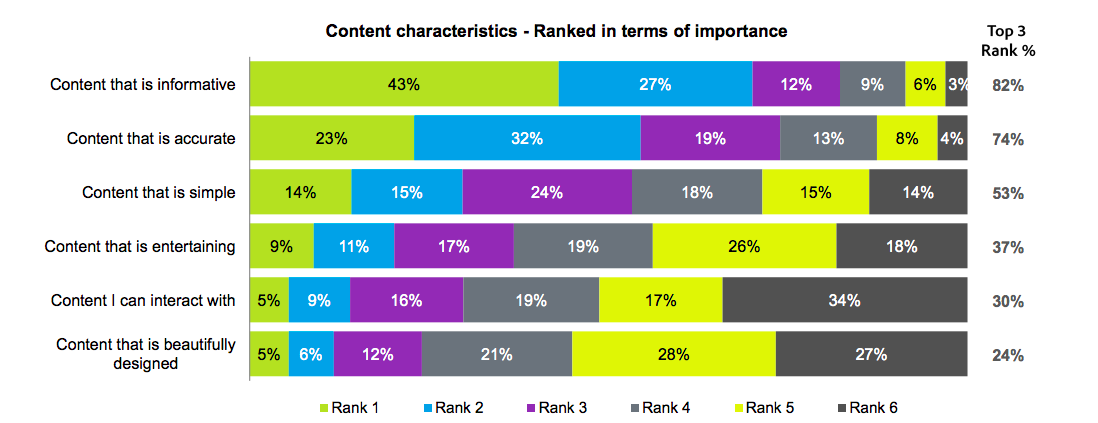Facebook is causing a sensation: this year, the focus is again on the user while the companies’ content is moved backstage. We get to the bottom of it here and show why this step was necessary. And we also take a look at how publishers and companies can take advantage of the new settings.
Facebook is turning the wheel of time
Mark Zuckerberg’s mid-January post prompted an outcry: Facebook was planning to do more to provide users with ‘well-spent time’ and changing the newsfeed settings accordingly. In plain language this means that more postings from friends, family and acquaintances will now be displayed. In turn, corporate contributions and news will take a back seat, unless prioritized directly by individual users.
The step was further justified by a study commissioned by Facebook, according to which an active, interactive use of the network is psychologically healthier than a passive scroll through a news feed filled with current events and advertising.
With the newsfeed changes, Facebook is reacting to the increasingly passive use of the network by users and a dearth of new registrations from the younger generation. In effect the network is going back to its roots and those of the Web, creating a platform for active exchange where content and knowledge are shared.
Interaction instead of ads
Many companies now fear that they will have to invest increasing sums in advertising in order to reach their users at all. Facebook’s new advertising manager tools seem to support the suspicion. But there are other ways to reach customers.
One way is to follow Facebook’s example and trust in the dialogue with your customers. Encourage interaction with inspiring questions, listen to your customers, and respond to comments.
For some companies, this may be a difficult task because they do not (no longer) speak the same language as their clients. Numerous advertising slogans and marketing measures, despite their entertainment value, have little in common with everyday, human communication. Here it is important to find a middle ground between strategic corporate identity and natural communication.
Facebook isn’t the only one that knows what users want
Promoting dialogue and interaction can also be achieved with good content. Content marketing is an important part of the customer experience: the more convincing the content, the more memorable the experience.Adobe’s recent Consumer Content Survey puts figures on what the customer wants.
LAccording to the report, users respond to and interact with content that is informative (82% of respondents), correct (74%), easy to consume (53%), entertaining (37%), and interactive or beautifully designed (24%). Such content has an impact on brand perception and affects buying behavior immensely. 67% of consumers break off the buying process if they don’t like the branded content. By contrast, 50% bought something just because the content was appealing.
This means that brain-teasing, snackable content is in demand, content that can be consumed at any time and is offered on all platforms where users are to be found.

Solution-oriented thinking: what do my customers really need?
What exactly your customers view as relevant or useful content can be learned from conversations with customers as well as through analysis and reporting. It’s all part of getting to know the customer better. However, this is not a complete strategy, but rather a continuous learning process that allows you to become part of your own community.
Ask what content your customers like. If they don’t share your content, what are they interested in? And do these customer interests also resonate with your company? Get to the bottom of your products: Do you already offer the solution to customer problems or should you change something?
Outlook for the future
It remains to be seen how users of Facebook will react to their desired role as active participant. After all, for Facebook it’s also a question of securing its own status as the social network. In the course of achieving that status a variety of innovations and measures were tried and tested in collaboration with companies and the media, and such close contact is not likely to simply stop.
Nevertheless, at the same time it makes sense for media and businesses to find more opportunities and platforms to stay in touch with users and customers.
If the Adobe survey is to be believed, users are increasingly interested in streaming devices and smart speakers – two new interaction options to be tested. Furthermore, websites, blogs, and stores are popular meeting points for customers to learn more about companies and products. It is certainly worth maintaining these channels You should avoid breaks in communication which might occur if there’s a very human contact on social networks, but a strong advertising focus on your website.

